The MacBook Air is an overpriced web browser. There, I said it. I did not want to go in this direction, but after six months of reading about Apple’s M2 MacBook Air, I could not hold it in anymore.
Most people who get a MacBook Air do not really need it. If all you do is check your email, write documents, play with Excel or Google Sheets, and watch YouTube, then save your money — because a Chromebook is all you need.
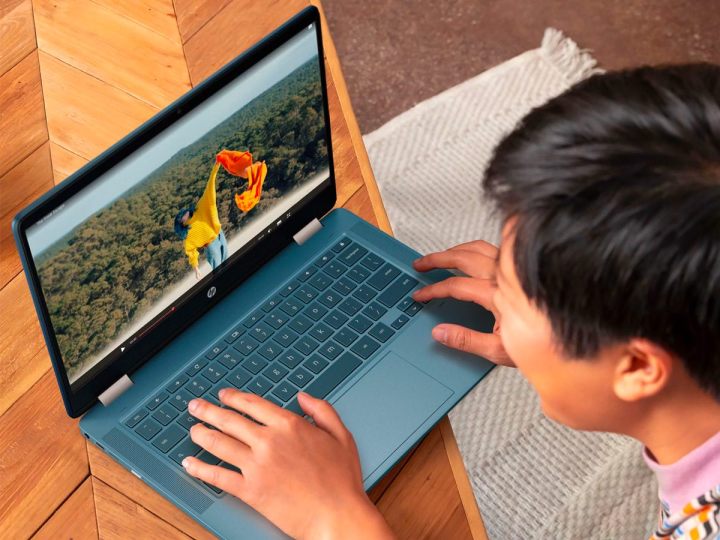
When to buy a MacBook Pro
The MacBook Air has a very specific target market, but that shouldn’t include people who need serious power. If you need a machine to do more than what you typically do in a web browser, such as edit videos, build software, or game, then a MacBook Air is not going to work for you.
Think about it for a moment. The MacBook Air lacks the active cooling you get with a MacBook Pro, and it has slower read/write speeds and a less accurate display.
The latest model MacBook Air comes with Apple’s own M2 chip, which is touted as the successor to the groundbreaking M1 ,but has turned out to be rather unimpressive in terms of actual performance gains. Here are the rest of the specs:
- eight-core CPU (four performance cores and four efficiency cores)
- eight-core GPU
- 16-core neural engine
- 13.6-inch LED display
- 60 Hz refresh rate
- 8 GB or 16 GB DDR5 RAM (6400 MHz)
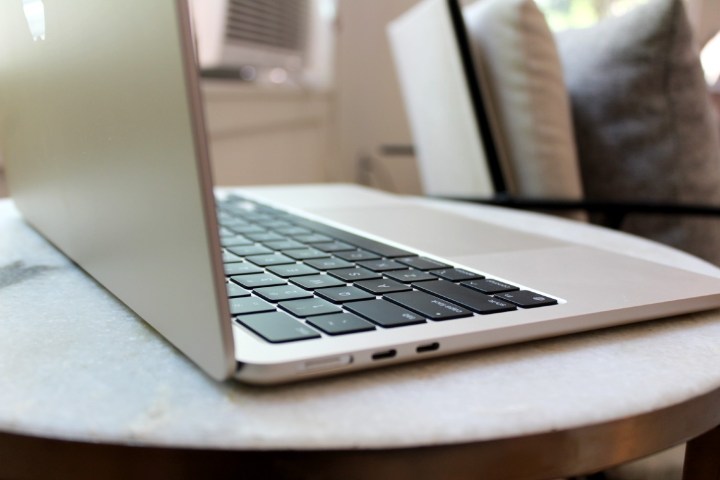
It’s a decent machine for most web-based activities. You’re going to love watching Netflix on it. However, remember you’re paying $1,199 for the privilege of watching a movie on an LED screen.
The 2021 MacBook Pro line, on the other hand, gives you powerful productivity and one of the best screens on the market. The M1 Pro and M1 Max chips are beasts that compete with the best from Intel and AMD.
- M1 Pro has eight cores, and the M1 Max has 10 cores
- M1 Pro has a 14-core GPU, and the M1 Max has a 16-core GPU
- M1 Pro has a 14-inch liquid crystal XDR display, and the M1 Max has a 16-inch XDR display
- Both displays can reach a 120Hz refresh rate
- 16 GB or 32 GB of DDR5 RAM (6400 MHz)
As you can see, you’re getting a beast of a machine with double or even triple the performance of the base M2 MacBook Air — especially on the graphics front. The 14-inch MacBook Pro is $2,100, while the 16-inch with the M1 Max chip starts at $3,100.
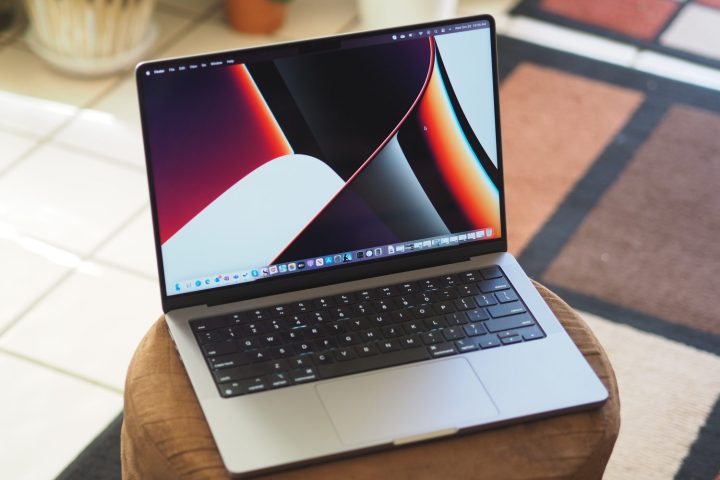
These are pricey machines, which could be enough to tempt you over to the MacBook Air. But remember, these are performance machines, meant for people who need that power. Most people do not, and everything you can do on a MacBook Air, you can also do on a much cheaper Chromebook.
Where Chromebooks shine
There’s a reason schools across the world have flocked to Chromebooks for students. These machines are simple to use, require no programming skills, and they’re incredibly resilient. Best of all, they’re affordable.
Chromebooks began as nothing more than a laptop with a Google Chrome browser installed. They’ve come a long way in the past decade, and now you can find Chromebooks with the fastest processors and OLED screens. The premium options are there, such as the HP Elite Dragonfly Chromebook, even if most people will be fine with a midrange Chromebook.
They shine because they do everything you want it to. You can write emails, prepare documents, organize your Google Drive and Photos, send and receive messages, browse the web, and watch videos. Thanks to cloud gaming, you can even play games on these things. Again — all stuff that most people are doing with their expensive MacBook Airs.
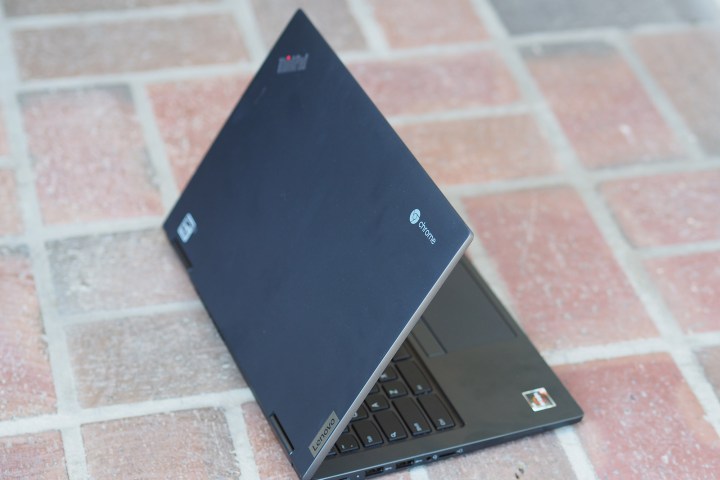
ChromeOS, which powers Chromebooks, is a slick and easy-to-use operating interface, and because of its simplicity, it is practically virus-free. Plus, if you already own an Android phone or watch, you can synchronize them with your Chromebook. Now you can now send SMS messages right from your laptop and use Android apps and games too.
Many Chromebooks even include things you won’t see on any Mac, such as a touchscreen and a foldable keyboard that converts the entire thing into a tablet. There are a lot of different Chromebooks to choose from, but the average mid-ange Chromebook looks something like this:
- Intel Celeron processor with four cores
- Intel HD graphics
- 13.5-inch LCD display (1080p)
- 16 GB DDR4 RAM
These simple specs don’t sound impressive, but will run on ChromeOS much smoother than on a Windows or Mac laptop. Most importantly, they are more than enough to do everything you need on the web — and quickly.
The zinger is that you will get all this for less than $500. If you do need more from your laptop, then let’s be honest, you’re not going to get a MacBook Air anyways.
It’s time to be honest with yourself

There are two compelling reasons to spend over $1,000 on a MacBook Air: macOS and the Apple ecosystem.
Start with MacOS. This is a slick and user-friendly interface where most of the technical aspects are hidden away. ChromeOS has much of the same usability these days, but I can understand that some people really, really like MacOS and are most comfortable with the software.
This includes Apple’s own first-party apps, such as Safari and the venerable Notes. You might even want to dabble in something like music production or video editing, which Apple includes right out of the box. Even if the MacBook Air isn’t the best option for a creative professional, it can suffice for a hobbyist who just wants to tinker with these creative applications.
Are macOS and iMessage really worth $700 to you?
These apps also tie into the Apple ecosystem. If you’re already using an iPhone, then a MacBook Air might make sense. A MacBook really opens up that ecosystem, from Airdrop to Focus modes to iMessage right on your desktop.
But is MacOS and iMessage worth $700 more to you? For most people, it just doesn’t make much sense, especially if most of your computing happens in a web browser anyways.
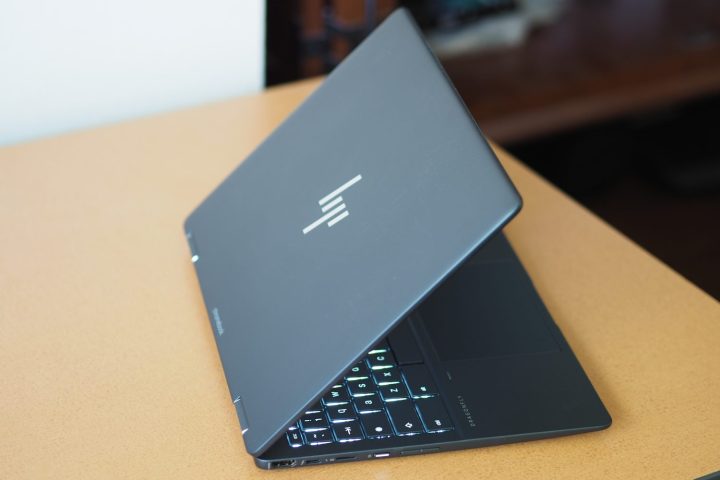
Which brings us right back to Chromebooks. If you use a lot of Google products, such as Gmail, Google Photos, and Google Drive, you get the same ecosystem-like sync you would with Apple. While most people in the U.S. and Canada use iMessage, the majority of the rest of the world uses third-party chat apps such as WhatsApp, which you can use on any device. This means having iMessage on your laptop may not be that big of a deal for you.
When it comes down to it, though, Chromebooks are just a heck of a lot cheaper than a MacBook Air — and if you’re honest, it probably does all the same stuff for that price. If you’re strongly considering a MacBook Air, it’s time to get honest about what you actually use your laptop for.
Editors’ Recommendations




